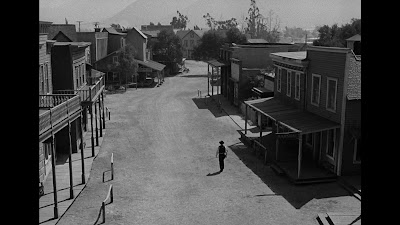REPOST- Still valid after all these years (2500)
Timeless, spot on and still studied today, 2500 years later. Sun Tzu wrote a lot about Strategy and Leadership, but these six principles are the cornerstone of his teachings, and continue to apply to business today.
First, here they are:
- Win all without fighting
- Avoid Strength, Attack Weakness
- Deception and Foreknowledge
- Speed and Preparation
- Shape your Opponent
- Character-based Leadership
Now, let's look at their application in today's business world:
Principle 1- Win all without fighting
- Gain business and/or market share without:
- Spending large sums on gaining that share-eg., advertising; advertise cleverly and use social media for your advantage;
- Compromising your product by reducing price and/or quality
- Do not use price as a strategy- fashion merchandising which makes your offering special will get you an advantage (Inditex)
- Analyze costs of growth- more business does not necessarily mean more spend (Think Big, Be Small)
Principle 2- Avoid Strength, Attack Weakness
- Find your Market NICHE- what separates you from your competition?
- Don’t try to COPY dominant product- IMPROVE or REINVENT it;
- Find a customer who has not been served or served properly;
- Find a new Geography- eg., urban vs. rural
- Fill a need- eg., Untuckit
- Incumbents have more money than you so do not compete head on;
- Incumbents may not have the will to enter a new market segment-it will cost you less to start up than it will them.
Principle 3- Deception and Foreknowledge
- THOROUGHLY research and know your market, your customer- what they have, what they need, what their shopping habits and fashion choices (Untuckit);
- Never stop research and discovery-even for a day;
- Use all available resources provided by technology (AI, CDP, Social media);
- Always be first-do something new every day
- There is no limit on disruption (Amazon)
- Keep your competition guessing;
- Know your capabilities- don’t bite off more than you can chew;
- FOCUS on what you do best;
- Have better fashion insight than your competitors- hire the team that can see the future.
Principle 4- Speed and Preparation
- Speed to Market- be faster better cheaper (maybe)
- Gather the best information available
- Never give yourself too much credit for what you did yesterday;
- Prepare your offering with Common Sense;
- Use the best technology available for information and customer service;
- Have better and faster service than your competitor;
- TALK to your customer;
- Be decisive- sometimes you will fail, but not if you don’t try;
- Shorten your design/delivery cycle;
- Think It Through.
Principle 5- Shape Your Opponent
- Make your competitors chase you- not the opposite- make them play in YOUR sandbox;
- Second is last- be FIRST
- Update/change/grow your offering faster than the competition (Apple)
- Your fashion and product/brand image should be an EXAMPLE your competitors want to follow;
- Your offering must be simple, accessible, easy to understand and buy.
Principle 6- Character-based Leadership
- Hire PEOPLE, not RESUMES;
- Hire by CHARACTER fit, with at least the following characteristics:
- Courage
- Will to Succeed and Win
- Intelligence
- Loyalty
- Likability
- A leader will only succeed with a strong TEAM whose skills complement each other;
- Build Great Captains, whose character and skills will help you as you grow;
- Challenge to change and react, never sit;
- Original Thinking-the Fashion Industry is build on CHANGE;
- Open- Minded Management
- Humility- Never get too impressed with yourself;
- Lead By Example-all the above won’t work if it is not part of your style.
Sounds simple, right? How many of you business leaders can state with perfect honesty that the above is exactly your management philosophy, style and execution? (I can)
When we attend the funerals of those brands and institutions that have passed on, we can look at the above and always find the causes.
Study it. Learn it. Succeed. Or don't.






















